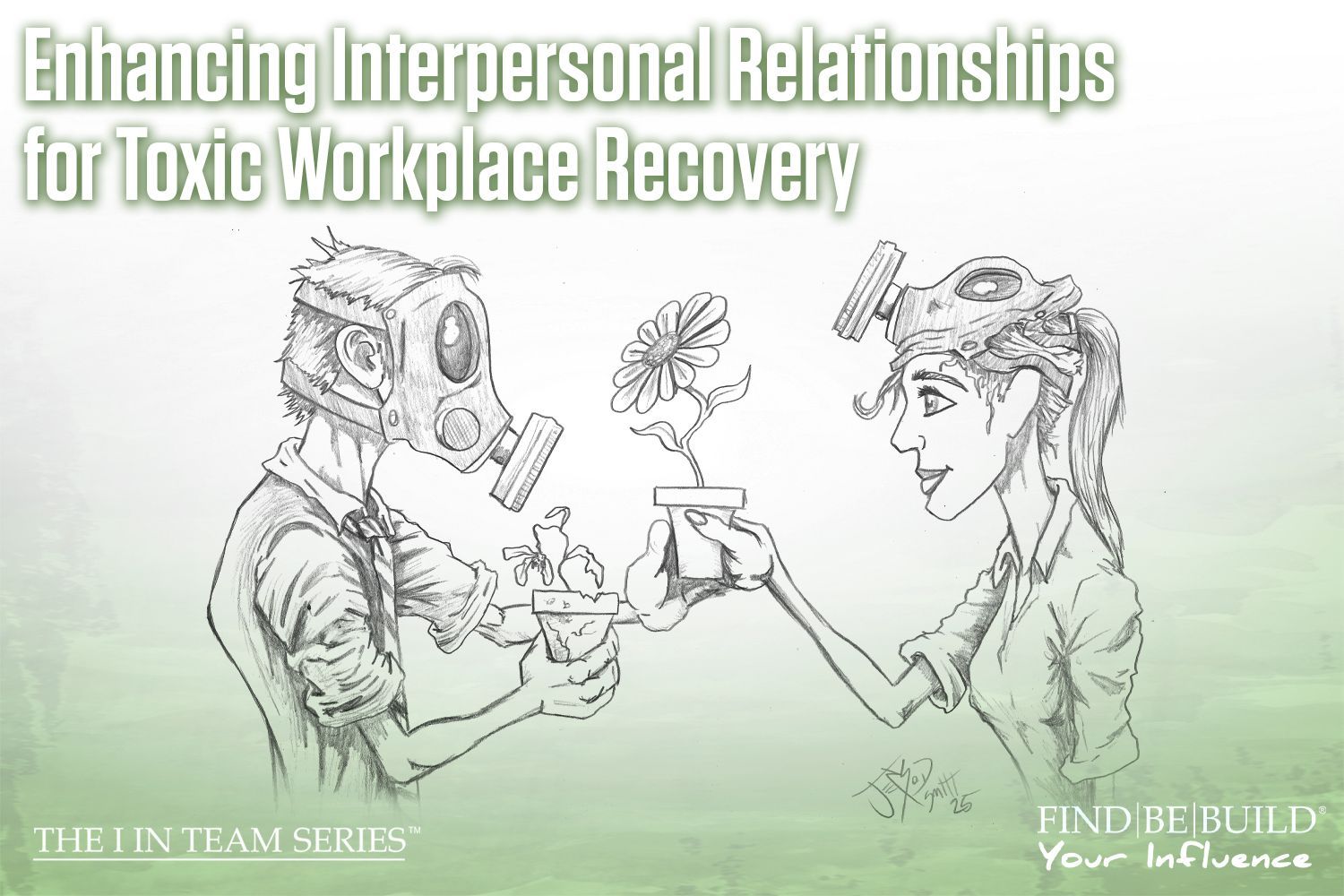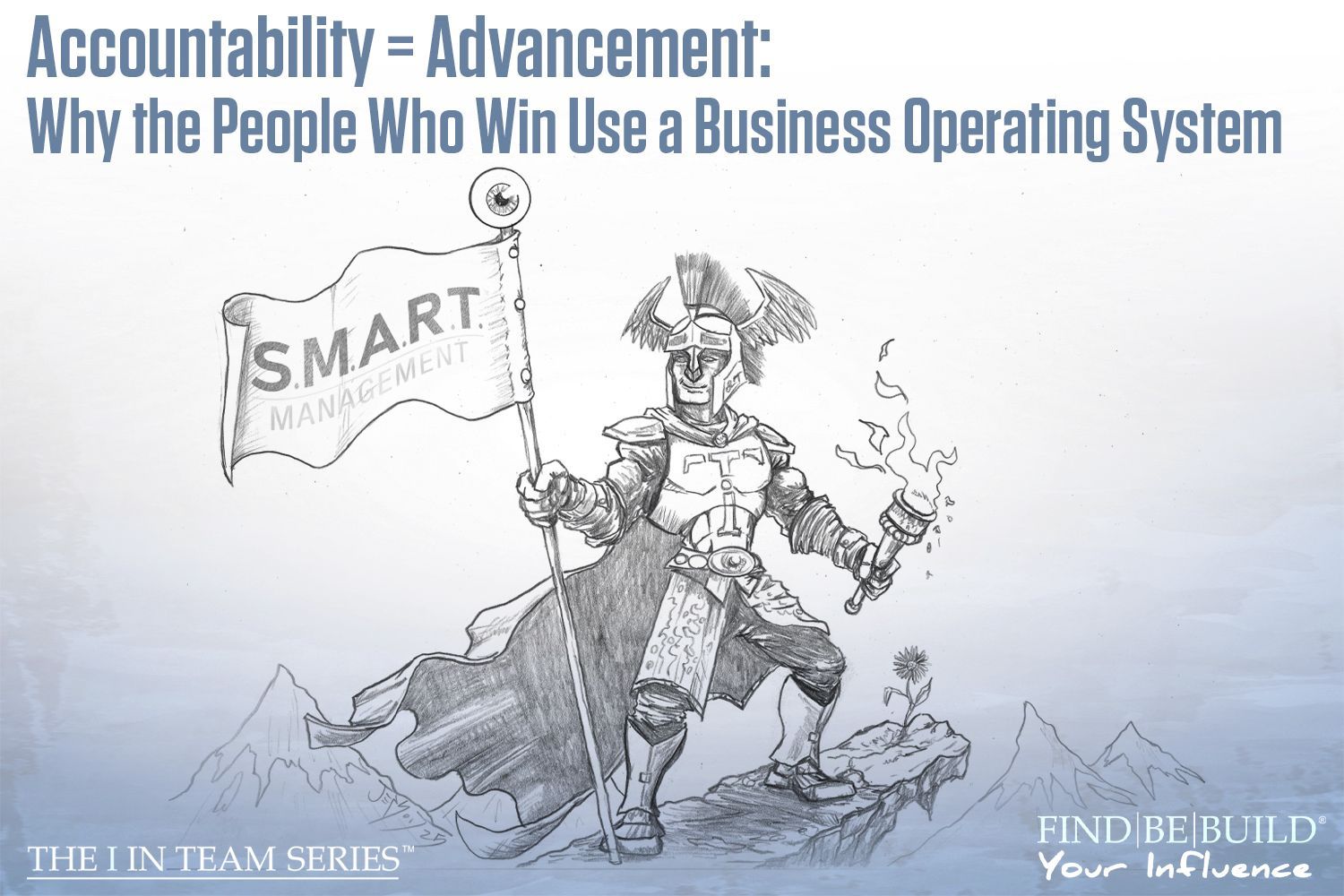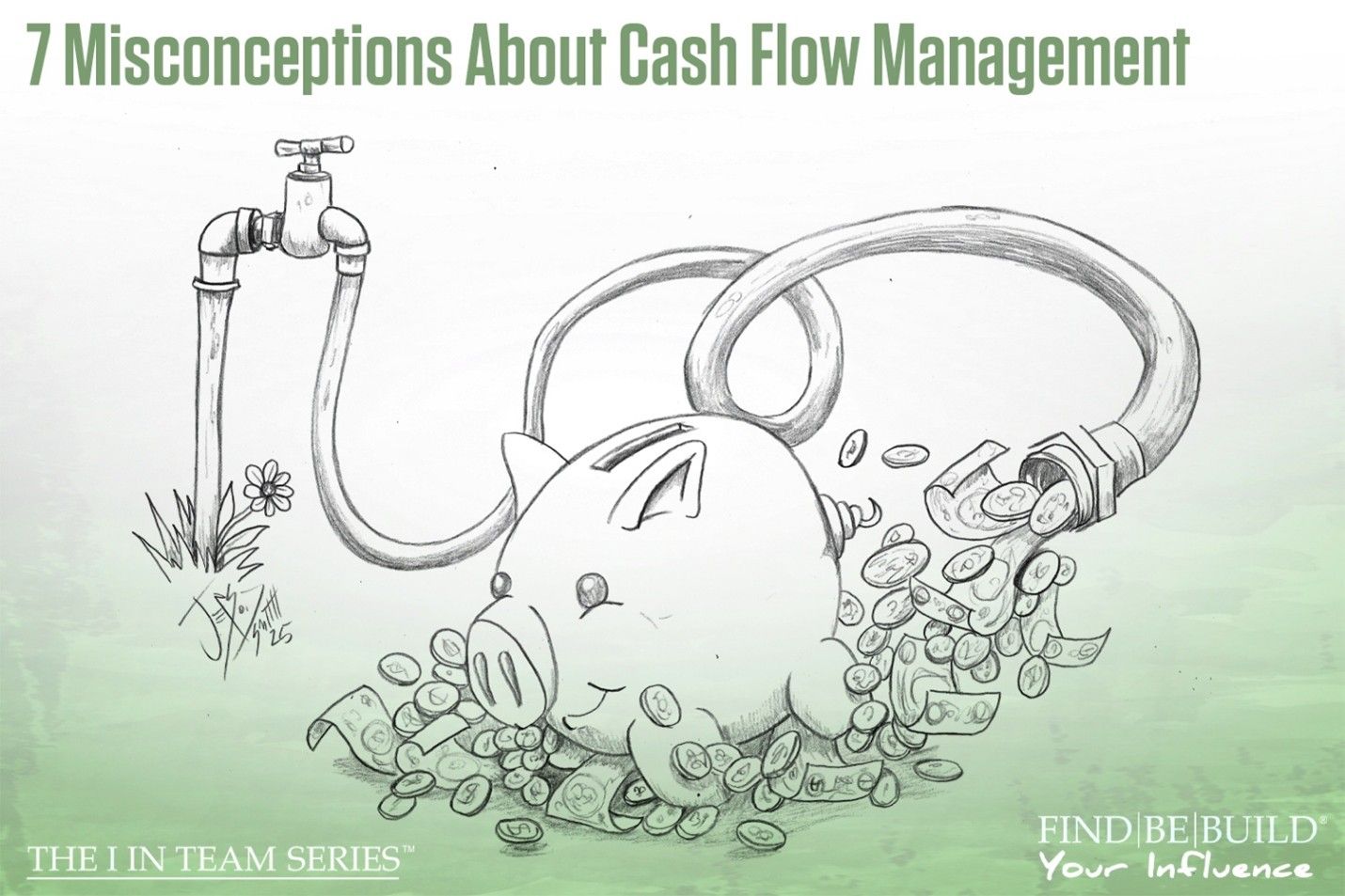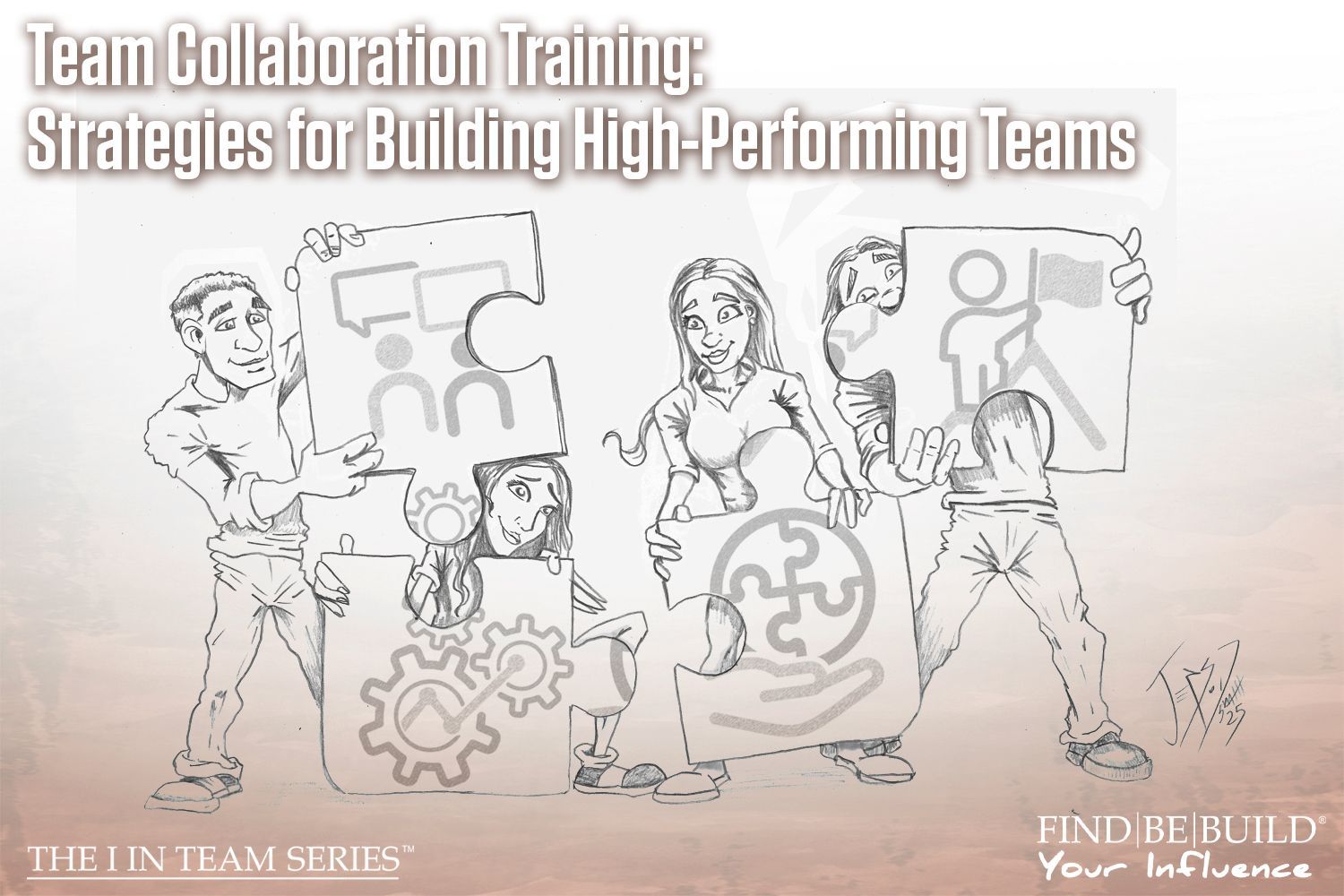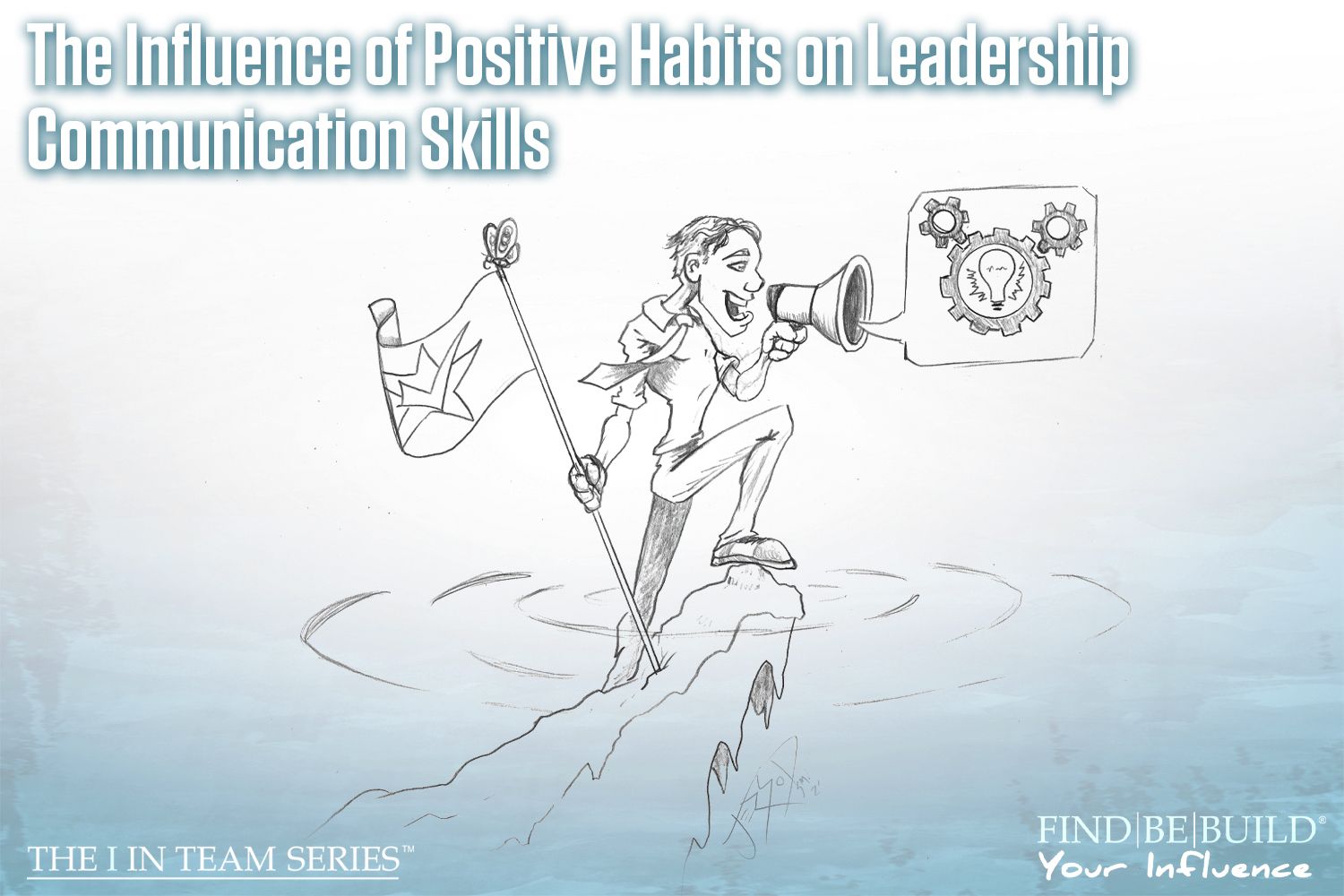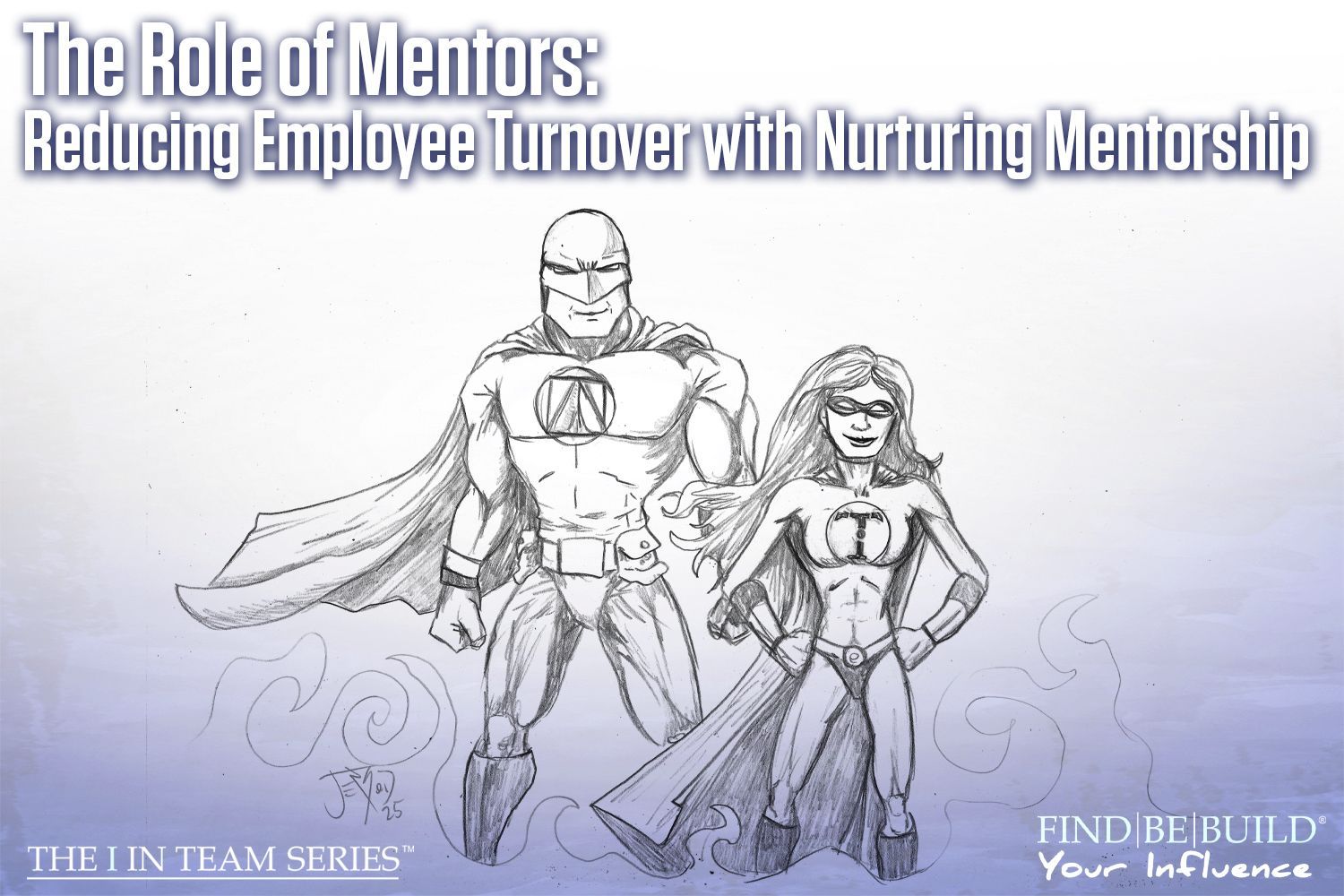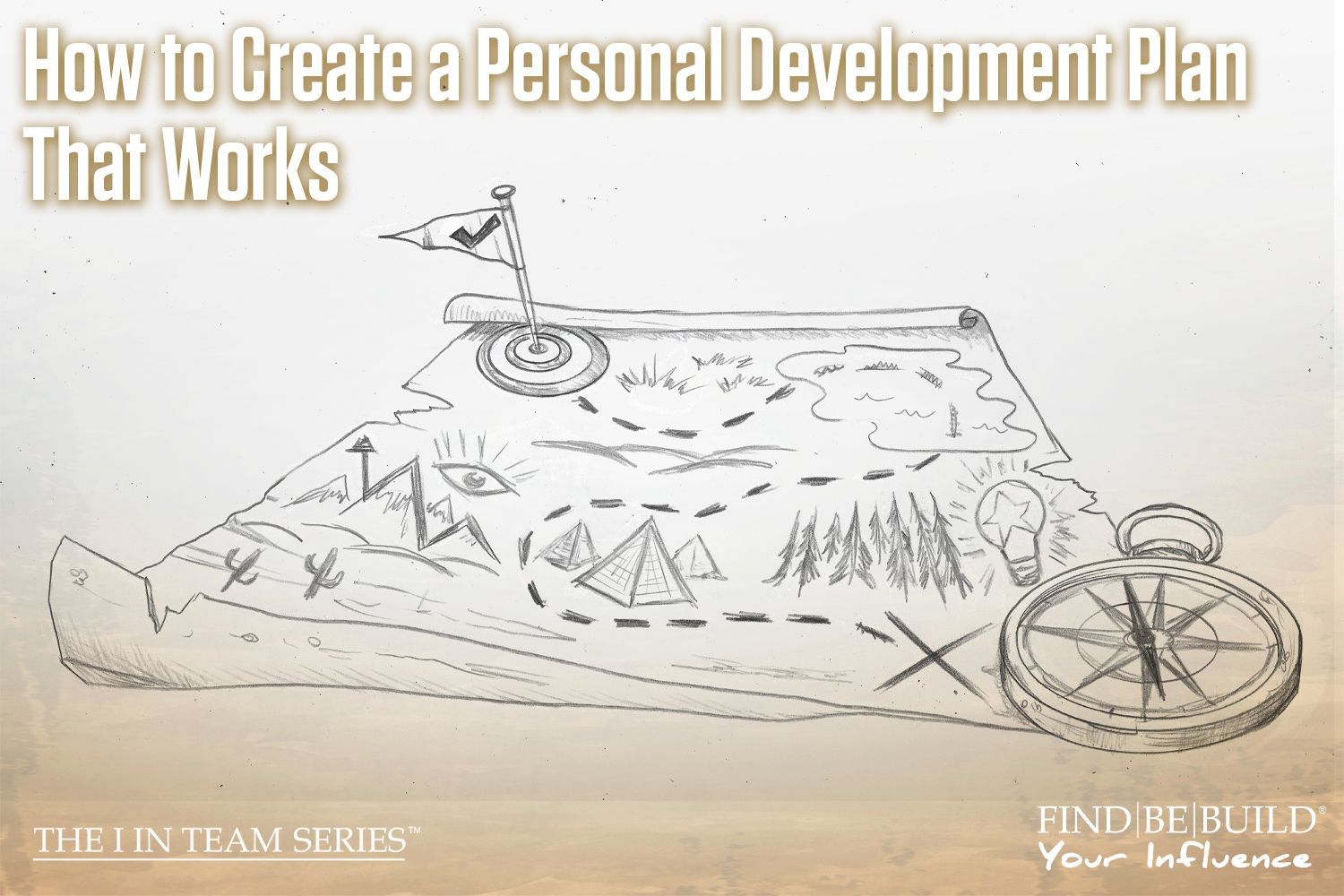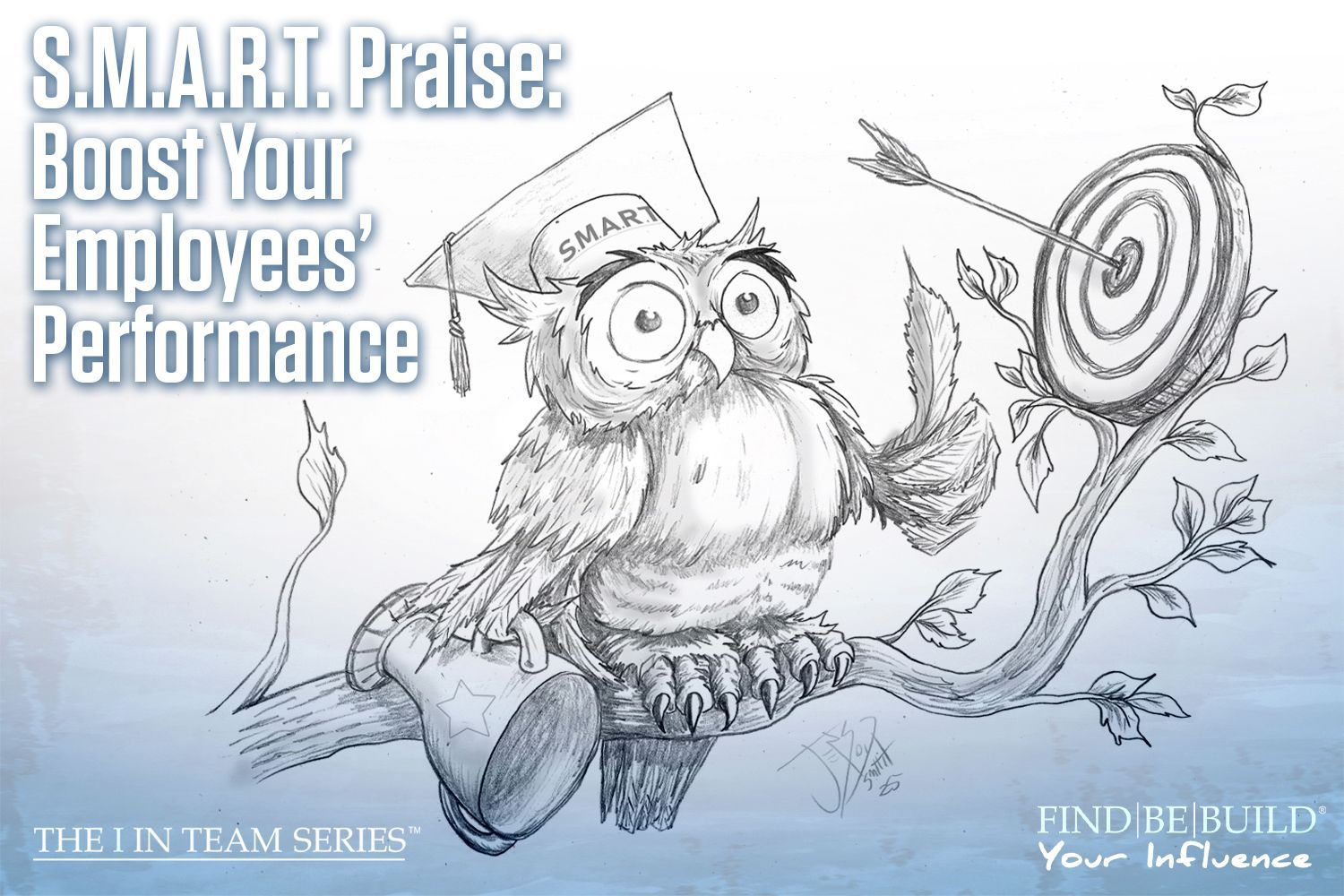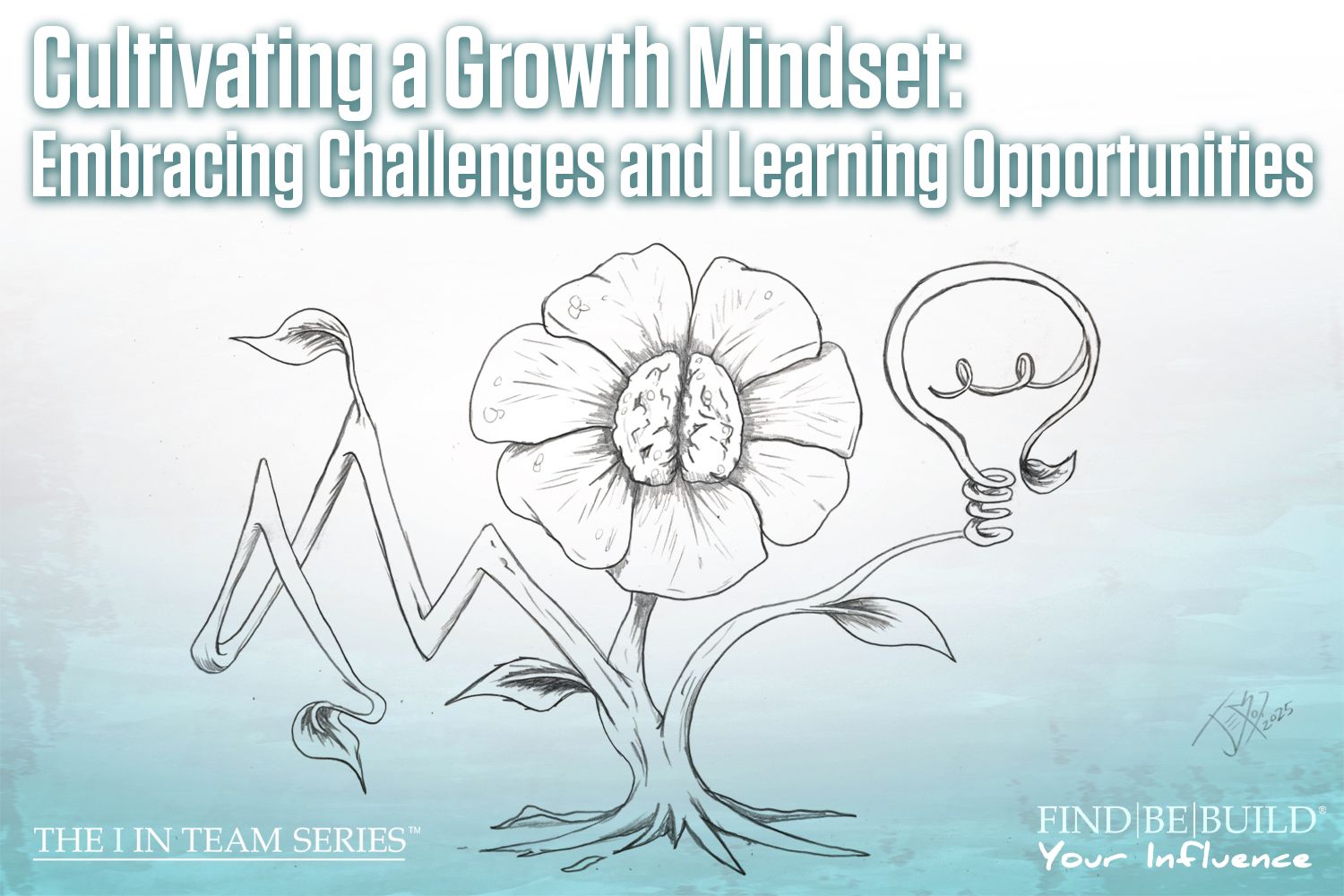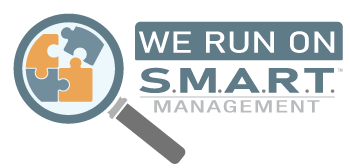Discover your influence

Business consulting influence
Hi, team! It’s your friend, Mary, with the I in Team series where you can find, be, and build your positive influence. There is no better time than now to discover your influence. Your influence is your single greatest responsibility as a human being. How you decide to influence others has a ripple effect on those around you, which may lead you to wonder, what is influence and how do I ensure it is perceived positively? There are many ways to exude your influence in your own, unique way, and in this blog, we will give some examples that could resonate with you.
What is influence?
Influence is the direct and indirect impact you make on those around you, much like the butterfly effect. It’s how you move others with emotions, words, and actions. Your influence is the perception that others have of you. How you choose to make others see you and what you do with your influence can dramatically alter the outcome of things you may never even know occurs. Our goal with the I in Team series is to make as many people as possible aware that you have abundant opportunities to influence others. You owe it to yourself and those you influence to ensure that your influence is positive. To do this, we need to define the difference between positive and negative influence.
Positive vs Negative Influence
While the differences between positive and negative influence may seem obvious, they aren’t always. What determines positive and negative influence isn’t necessarily the act itself; sometimes it is determined by the perception of the person being influenced. There are certainly some examples of positive influence (which we cover below) where most of us would agree that they are perceived as being positive.
Let’s define what a positive or a negative influence is. A positive influence is when an individual contributes to a project, moment, situation, event, and more in a positive way. It’s when we act in the best interest of ourselves and others without being selfish. When we spread positive, happy, light energy, we are using our positive influence to make the moment better.
A negative influence is the opposite; when an individual contributes to a project, moment, situation, event, and more in a negative way. It’s when we act selfishly, emotionally, or egotistically by spreading negative, hurtful, dark energy. We know when we have spread negative influence because we may feel remorse, guilt, or shame afterwards. Negative influence may selfishly serve us in the moment, but it doesn’t make us feel good in the long term.
Please note that being selfish or emotional is not always considered a negative influence; emotions are part of the human experience and sometimes we need to behave selfishly to protect our influence and be positive in most spaces we occupy.
Actions for Positive Influence
When we intend to have a positive influence, it can be difficult to understand or even notice if others perceive our intentions as negative. One of the best ways to recognize if others have perceived our positive influence as negative is to observe. Observing someone’s immediate reaction can tell us a lot about how they are feeling in that moment. Have open communication if you think your positive influence is being perceived as negative. Below are some ways you can practice positive personal and professional influence.
Personal Influence
- Volunteer doing something you’re passionate about
- Take care of your mental and physical needs
- Hold the door open for someone
- Let someone merge into traffic
- Pick up trash on the sidewalk
- Say please and thank you
- Compliment someone
- Buy someone coffee
- Be kind and humble
- Practice patience
Professional Influence
- Understand Abraham Maslow’s Hierarchy of Needs and where each team member falls
- Learn the names of everyone you work with, including janitors and security
- Spend quality time with each team member and get to know them
- Acknowledge coworkers’ strengths and capitalize on them
- Congratulate someone for a job well done on a project
- Bring in donuts and coffee for someone’s birthday
- Help coworkers set goals and achieve them
- Keep an open-door policy when possible
- Leave a kind note at a coworker’s desk
- Respect others’ time
Keep in mind that to be human is to be imperfect, so there are going to be days when you might define your influence as being negative and that’s okay. The goal is to be self-aware, continue learning, and strive to grow to be your best the next day. When you discover your influence, you discover what it truly means to be your full self.
